Communicable Diseases
Communicable disease is no doubt a broad subject, which is classified generally as endemic, epidemic, sporadic or pandemic.
Endemic diseases are native or peculiar to a certain region. For instance, malaria is endemic in the tropics.
Epidemic diseases have temporary incidence in a region but affect many lives at the same period. If the epidemic diseases are scattered from place to place in a sporadic manner, they are called sporadic diseases.
Pandemic diseases affect a very large or worldwide population at the same time. The above diseases may be transmitted through air, water, food, insect and animal vector, and direct or indirect contact with the infected person.
But in this context I will be discussing about communicable diseases as it relates to water.
Traditionally, some communicable diseases are associated with contaminated or untreated water supplies. There is a close interrelationship of water, sanitation and hygiene in the context of community behavioural pattern to combat disease. However, even water supplies which meet accepted limits of coliform bacteria may still transmit pathogens, mostly viruses. Besides, water can become decontaminated during distribution, storage and handling.
Microbiological contamination of drinking water most times occur due to the breakdown in the supply system. These diseases results in morbidity, temporary disability, loss of productivity and leisure time, strain on health services and social and economic looses.
Generally, the provision of clean, safe water and more accessible water source are vital steps towards the prevention and control of these diseases. For instance 60-80% of the disease are avoidable through water and sanitation improvements.
Therefore in this article, I will be discussing critically and broadly, some of the communicable diseases associated with water.
I will discuss extensively, from one disease to another. At the end of this article, we will fully understand most water communicable diseases.
So let's get started ......
There are so many categories of water communicable diseases, most times we use water contaminated by pathogenic microorganisms unknowingly, and sooner or later on, we fall sick. Not knowing how it came about.
I will discuss about the different types of water communicable diseases, how it can be contacted and its preventive measures.
Waterborne disease
Waterborne disease is one of the types of water communicable diseases. It cannot be transmitted without the victim taking contaminated water or food. It can be spread by bathing, washing or drinking and eating food infected by water. An example of waterborne diseases are Cholera and diarrhea. The pathogens may not succeed in causing diseases depending on the resistance of the person and also the amount of the pathogen swallowed. Though it mostly affect children especially in developing countries.Water-washed Diseases
Another type of water communicable diseases is water - washed Disease. In water-washed diseases, it's prevalence falls following increases in the volume of water used for hygienic purposes irrespective of the quality of water. Some diseases may be waterborne and water-washed at the same time. There are two types of water-washed diseases which are purely water-washed and partly water- washed and partly waterborne. An example of purely water -washed diseases are skin diseases. Clean water insufficiency is the main cause of water-washed disease resulting to infections because of poor personal hygiene.Water-based Diseases
Water-based diseases is also another type of water communicable diseases, here the agent (the animal, insect or plant initiating the sickness) spends a part of its life span in water. During the transformation stage, a part of its life cycle is spent in an intermediate aquatic host e.g guinea worm, bilharzias (the host is aquatic snails which harbour the worms). The worm penetrates through the skin as the victim comes in contact with the infected water. Schistosomiasis is also an example of water based disease.
Water-related Diseases
In the case of water-related diseases which is also a type of water communicable diseases, insect vectors such as mosquitoes and flies are involved. Mosquitoes breed in near water and spread diseases. They spend part of their life cycle in water. The fly which causes river blindness is another example. Other examples are yellow fever and sleeping sickness caused by mosquitoes and tse-tse fly respectively. Hepatitis is waterborne because it cannot be contacted without taking contaminated water. It is water-washed because its incidence decreases with the provision of large quantity of water.These other types of water communicable diseases that i will discuss as well, are categorized under waterborne, water-washed ,water-based and water-related diseases respectively.
Typhoid and paratyphoid (enteric) fevers
Typhoid and paratyphoid (enteric) fevers are significant causes of illnesses in areas with poor sanitation. The diseases are transmitted through the faecal-oral route by a rod-shaped bacterium with flagella called bacillus. The symptoms of typhoid fever include high temperature, malaise, headache, drowsiness and aching in the limbs. Profuse haemorrhage in the bowels resulting from perforations in the gastrointestinal tract may occur.River Blindness (onchocerciasis)
River blindness (onchocerciasis) is carried by female blackfly which breeds in fast moving waters. River blindness results from assaults by the parasitic worms called onchocerca volvulus which enters the body when a female blackfly bites a human. These worms reproduce and multiply by thousands within the human host, causing fatigue. As the years pass by, the skin decays and lesions in the eyes appear, finally destroying the sight.Dracunculiasis (Guinea worm)
Dracunculiasis (Guinea worm) is caused by a minute crustacean infected with larvae of the female guinea worm. Infecting 10 million people each year,guinea worm is transmitted only by drinking contaminated water. Experience from Cameroon, Ghana, Nigeria and Pakistan shows that the number of cases of dracunculiasis can be reduced from 30-80% by aggressive campaigns to raise public awareness about the disease, about how to prevent it, provision of cloth filters and or safe sources of drinking water. The guinea worm is a large repulsive parasite that grows to between 60 centimeters and one meter in length inside the body. Larvae are injected into water where they are eaten by a small crustacean (cyclopod copepod) called cyclops. After the larvae have moulted twice in the Cyclops within 12-14 days, the Cyclops becomes infectious. If someone drinks water infected with the Cyclops/larvae, the stomach juices kill the Cyclops and free the larvae which pass through the stomach wall. The male impregnates the female, dies and calcifies inside the body while the female grows within one year, full of larvae. The worm, with outside cover resistant to antibodies, migrates under the skin to lower limbs where it forms a blister. The blister erupts and discharges larvae when it first comes into contact with water. When the water is drunk, the cycle continues. Emergence of the worm through the skin is painful. Besides, guinea worm infection can result in streptococci and enterobacteria secondary infection, and ulcers resulting to tetanus.Schistosomiasis
Schistosomiasis is spread by fresh water contaminated with larvae from certain snails. Expansion of irrigation and water resources has taken the disease to new areas. The main transmission route is broken by the provision of uncontaminated drinking water and safe excreta disposal.Dengue virus
Dengue virus is transmitted by a mosquito (Aedes Aegypti and Added albopictus) which breeds inside tins, old tyres and tops of bamboo fence poles. The eggs of Aedes albopicanus survive drying and its global spread is aided by the world trade in used tyres. This sickness also called breakbone fever affects tens of millions annually, having no specific treatment and no vaccine. The only control measure is the destruction of breeding sites.Diarrhoea
Diarrhoea disease has caused 4 to 5 million deaths of children less than 5 years-old yearly. It's as a result of poor sanitary hygienic practices. Improved water quality and availability reduces diarrhoeal disease morbidity by 20-25%. Further reduction to 37% can be achieved if in addition, there is improvement in excreta disposal facilities and in nutrition. One immediate way of alleviating symptoms and arresting the often fatal dehydration process is by administering oral rehydration solution (A mixture of salt, sugar and water).Hepatitis
There are different types of hepatitis caused by different viruses. Both hepatitis A virus (HAV) and hepatitis B virus (HBV) are difficult to distinguish from each other clinically. However, HBV has a slightly longer incubation period and mortality rate of up to 20% for pregnant women. It is caused by sewage contamination of drinking water. Having no conventional test, information on HBV is limited and derived from detailed studies in which diagnosis was based on the elimination of all other causes of hepatitis and careful electron microscopic analysis of patient stools.Cholera
Cholera is a waterborne disease which spreads rapidly under scarce clean water and inadequate sanitation. It is a bacteria (Vibrio cholerae) infection of the intestinal tract transmitted when someone takes water or food contaminated by severe diarrhea, intermittent vomiting, and painful cramps. The resulting severe dehydration causes skin discoloration and drawn and puckered hands and feet. Death may result within a short period due to dehydration and circulatory collapse. In other to prevent cholera, proper hygiene including hand washing and hygienic storage and handling of water is very important.Enteric Viruses
Enteric viruses are viruses transmitted by water and consists of nucleic acid neatly wrapped up in a robust capsid. The capsid is extremely resistant to unfavorable conditions including water treatment and disinfection. These viruses cause gastroenteritis, hepatitis infection of the central nervous system, eye, ear, and respiratory organs. They are not usually detectable by conventional laboratory techniques.
Treatment of Polluted Water
How can a contaminated water be treated?
Its simple, at the environmentally resistant stage, the oocyst is not destroyed by chlorination alone and therefore in conventional water treatment plant, it must be physically removed by coagulation or filtration. Ozone and chlorine dioxide may also be effective. The lime of C. parvum in water is one viable and non viable oocyst per 10 litre.
Prevention of Water Communicable Diseases
How can we prevent it?
The preventive measures involve the provision of potable water and the adoption of good sanitation. For the specific groups of diseases discussed, the following measures will be helpful.
In the case of waterborne diseases, treat water, improve its quality and avoid the use of water of doubtful colour.
In water-washed diseases, improve water quantity, water accessibility and hygiene.
In water-based diseases, increase water contact, decrease snail population and improve water quality.
And finally, in water-related diseases, improve surface water management, destroy breeding sites and decrease the need to visit breeding sites.
Conclusion
Most of these diseases are prevalent in developing countries. And it is our collective duty to ensure that our environment is clean and safe from these pathogenic microorganisms.
Personal hygiene, environmental sanitation and provision of clean treated water are the basic tool needed to curtail or destroy these diseases from spreading and be free from it's harmful effects.
References
[1] Water based Diseases
[2] Safe drinking water is essential
[3] Waterborne diseases
[4] Air and Water borne diseases
[5] Prevention of food and water borne illness
[6] Causes of waterborne diseases
[7] Communicable Diseases
For those writing STEM (Science, Technology, Engineering, and Mathematics) related posts, consider to be part of #steemSTEM community. The link to #steemSTEM community discord room is here. For STEM writers from Nigeria, include #stemng tag in your posts in addition to using normal #steemstem tag. You can check this blog by @stemng for more information. You can visit this post by @steemstem on how to become a member of STEM community. Visit this link for helpful guidelines on writing #steemstem targeted posts. In order not to violate copyright laws in your use of images, consider checking out this post by @steemstem team.

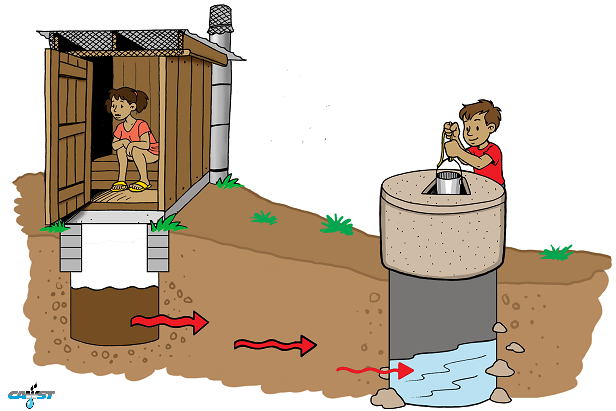
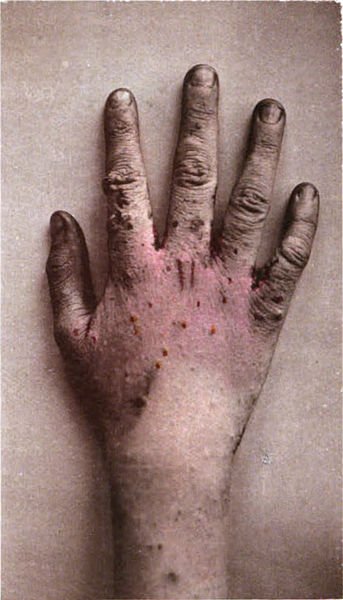
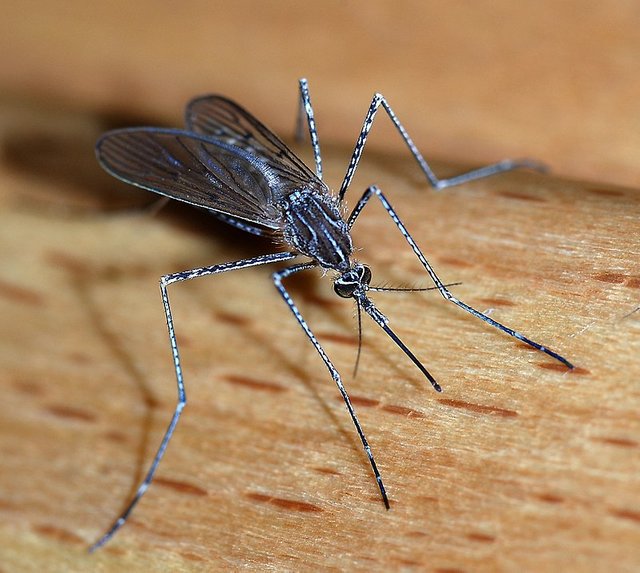
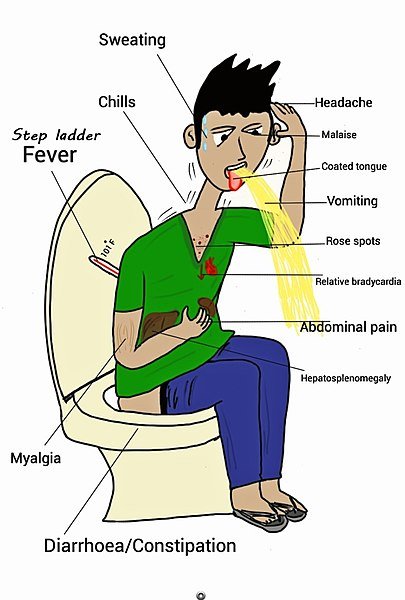

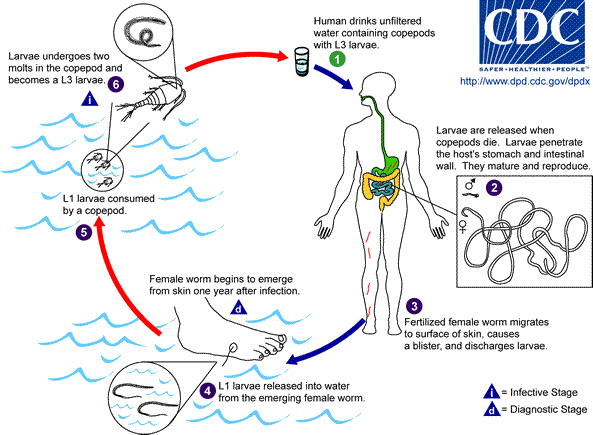
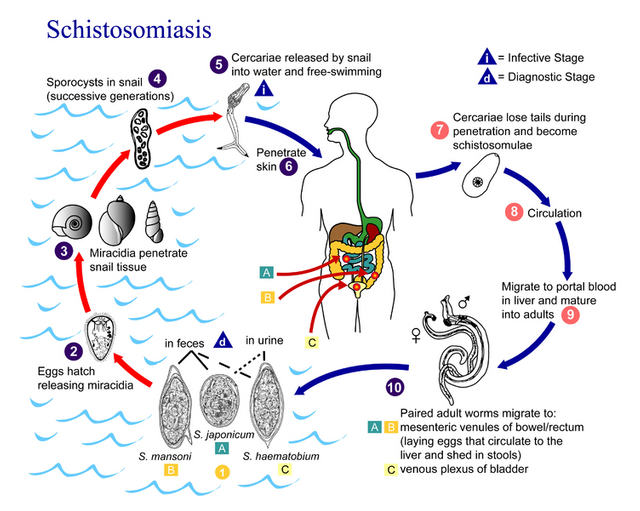
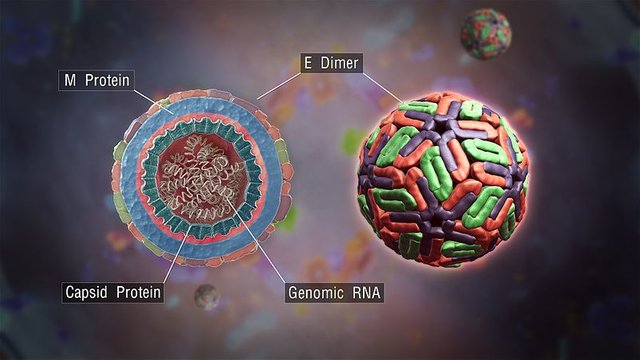
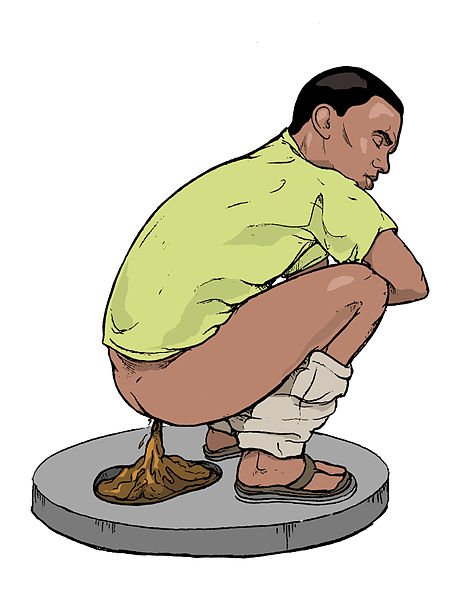
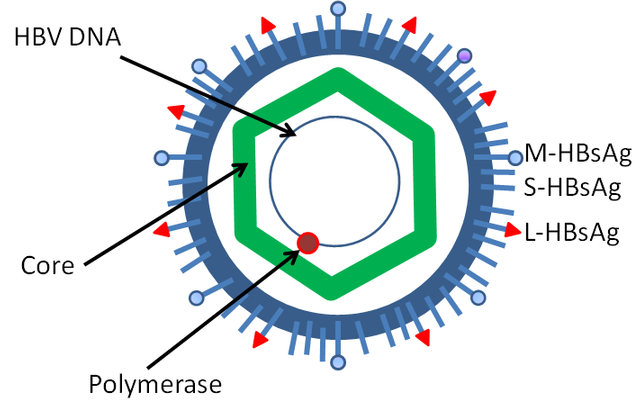
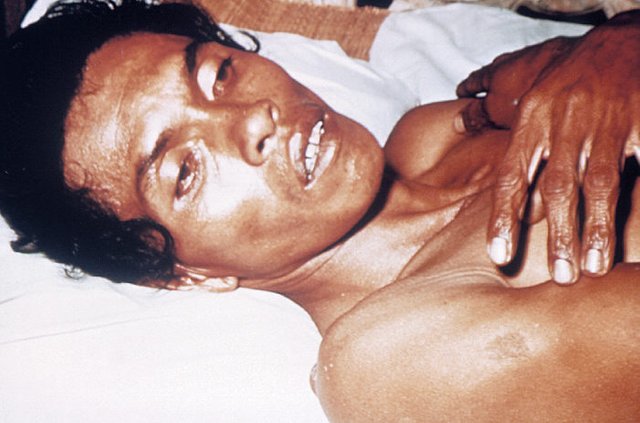
Hi @masterwriter!
Your post was upvoted by utopian.io in cooperation with steemstem - supporting knowledge, innovation and technological advancement on the Steem Blockchain.
Contribute to Open Source with utopian.io
Learn how to contribute on our website and join the new open source economy.
Want to chat? Join the Utopian Community on Discord https://discord.gg/h52nFrV
Great article, straight to the point too
It's awful how many diseases can come of unclean water. Good article.
Yep. That's why we need to keep our environment clean. And also ensure our water is clean and treated.
This picture alone paints a common scene in the south western part of Nigeria.
Good article, as it reveals hidden reasons behind some unexplainable ailments.
Thanks for your feedback!